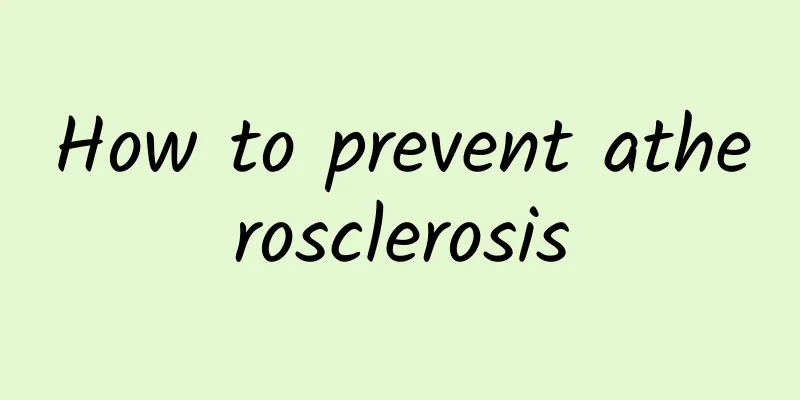Little-known facts about toothbrushes: How dirty are toothbrushes?

|
Brushing teeth is the most basic measure to prevent tooth decay and periodontitis, and the toothbrush is undoubtedly the most basic oral health tool. As the guardian of oral hygiene and health, the hygiene of the toothbrush itself is also worthy of attention. However, due to various practical reasons, the hygiene of toothbrushes is often worrying. How dirty can a toothbrush be? How can we make the toothbrush as "clean" as possible? These questions need to be carefully considered. 1 Where are you from? My germs! Although a toothbrush is an effective tool for cleaning teeth, it is undeniable that once a toothbrush is put into use, it is doomed to no longer remain "clean". First, as an item that repeatedly contacts oral bacteria, it is impossible for toothbrush bristles to remain unstained; second, it is impossible to completely remove the oral bacteria that remain on the bristles after using the toothbrush; third, although toothbrushes are not valuable items, they cannot be treated as "disposable" items; finally, the environment in which the toothbrush is located may also make its hygiene worse. Since going to the toilet, washing, and showering are all done in the bathroom, toothbrushes, mouthwash cups, and towels are in the same room with the toilet and are easily contaminated by bacteria. Studies have found that a toothbrush that has been used for three weeks can contain as many as one million bacteria, which is about 80 times the bacteria content in toilet water. 2 Is it safe to reuse a toothbrush? In healthy individuals, most bacteria transferred from the mouth to toothbrushes are non-pathogenic, but toothbrushes used by patients with infectious diseases such as tuberculosis, viral hepatitis or AIDS can carry pathogenic bacteria. However, studies have shown that, whether for healthy people or patients, a large number of bacteria, including pathogenic bacteria, will multiply on a toothbrush after using it for three months, and these bacteria may become a source of infection for infectious diseases. The presence of these pathogens on toothbrushes is often related to poor hygiene habits, such as unwashed hands after defecation contaminating the toothbrush. Therefore, repeatedly using toothbrushes may indeed pose health and safety risks. 3 How to make your toothbrush cleaner? (1) Toothbrush selection Traditional bristle materials do not contain antibacterial ingredients. New bristles can play a certain antibacterial role by adding antibacterial ingredients such as silver ions, gold elements, and nanomaterials. (2) Toothbrush disinfection Toothbrush disinfection is an effective way to keep toothbrushes clean. ①Using ultraviolet rays to disinfect the surface of toothbrushes every day is one of the most effective methods. Currently, there are three types of toothbrush disinfectors: wall-mounted, portable, and desktop; ②Some commercially available toothbrush disinfectants and toothbrush sprays can also provide a sterile environment for toothbrushes; ③Soaking toothbrushes in antibacterial mouthwash can also reduce the growth of microorganisms on toothbrushes. It is worth noting that nylon toothbrushes cannot be immersed in boiling water, let alone sterilized by boiling, because the bristles are easily bent and deformed by high heat, which not only loses its cleaning effect but also scratches the gums. (3) Use of toothbrush During daily use of a toothbrush, you should pay attention to the following: ① Rinse the toothbrush with clean water several times after use, shake off the water on the bristles, and then place it in a ventilated place to fully dry; ② Sharing a toothpaste with multiple toothbrushes (i.e. multiple people) can easily lead to cross infection; ③ It is best to replace the toothbrush once every three months; ④ It is also best to clean the toothbrush with running water before use to prevent bacteria on hands, tooth cups or other objects from contaminating the toothbrush. |
<<: Will it be harmful to your body if you can’t wash your hair in the morning?
Recommend
Why do I have vaginal pain after sex?
Many women now report that they experience vagina...
The difference between lobular hyperplasia and breast hyperplasia
Among many female gynecological diseases, the mos...
Are there any side effects of medical abortion?
With the continuous development of medicine and t...
Does low testosterone affect pregnancy in women?
Pregnancy has now become a big problem in our cou...
Can I use pregnancy skin care products during pregnancy?
A woman's pregnancy is a big deal for both he...
It's terrifying to think about it! How could a healthy young man suddenly die?
appendix: 1. At present, the success rate of emer...
What is the process of cesarean section incision recovery?
Recovery is definitely required after a cesarean ...
Is it accurate to tell the gender of a baby by looking at the morning urine during pregnancy?
After becoming pregnant, women will be curious ab...
Brown discharge after period
If a woman finds brown vaginal discharge after he...
What are the contraindications of taking Chinese medicine for gynecology?
With the development of modern medicine, many dis...
Why is the clitoral head itchy? Here’s how to prevent it quickly
The clitoris is a part of the female private part...
Female breast hair
Breasts are a secondary sexual organ that develop...
Where do the black pearls in black pearl milk tea come from? The advantages and disadvantages of milk tea
Pearl milk tea is a sweet and smooth drink that c...
What to do if menstrual bleeding continues
Menstruation is something that women experience e...
53-year-old woman with bleeding again three years after menopause
We all know that women have menstruation every mo...









